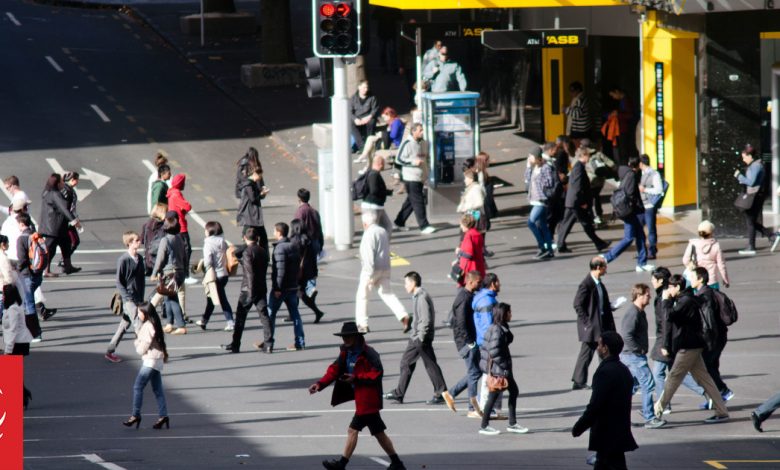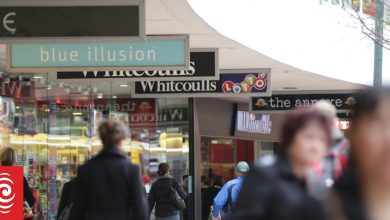Five things to know about KiwiSaver hardship withdrawals

New Zealanders struggling with the cost of living have been tapping into their KiwiSaver accounts in greater numbers.
Inland Revenue data shows that 3700 people withdrew savings for financial hardship reasons in April, compared to 1820 in the same month a year before. They withdrew a combined $30.1 million, up from $14.1m in 2023.
Since November last year, the number of hardship withdrawals has exceeded first-home withdrawals consistently. Before that point, first-home withdrawals had always been the greater number.
So what do you need to know if you’re eyeing your KiwiSaver to tide you over a tough time?
There are rules
There are set rules around when a KiwiSaver provider can release money to a member on the grounds of financial hardship. And while the provider accepts the paperwork and processes the transaction, it’s actually the scheme’s supervisor – Public Trust, Guardian Trust or Trustees Executors – that makes the final decision.
To apply to withdraw, you need to be able to provide evidence you are suffering significant financial hardship – that might mean not being able to cover your minimum living expenses, not being able to pay for medical treatment or something like the cost of a funeral for a dependent.
The amount that can be withdrawn is tied to what the supervisor thinks is enough to cover the hardship.
If you withdraw on the basis of not being able to cover minimum living costs, the amount you can take is usually equal to about 13 weeks of expenses.
Public Trust head of corporate trustees services transformation Amy Cavanaugh said applications for hardship had picked up year-on-year since 2022.
Public Trust had 9165 applications for withdrawal on the grounds of financial hardship in 2023. In the current financial year, which is 10 months in, there had been 11,987 applications evaluated.
“What we are seeing is more instances where something that people would have previously had savings to cover, they aren’t able to any more.”
People were struggling with living costs, she said.
“There are more applications for minimum living expenses, when previously it would have been the cost of vehicle repair or a contribution to a loan in arrears. It’s living expenses now.”
Tom Hartmann, personal finance lead at Sorted, said the amount that people were withdrawing had increased from an average $6927 in the year to March 2023 to $7923 this year.
You can’t pay off debt
You can apply to use your KiwiSaver to clear arrears or keep up with payments when you do not have enough money coming in, but you can’t use it to pay down debt.
That is something that Financial Services Complaints Ltd, an external dispute resolution scheme, says has been a cause of complaints for some members.
Hartmann said it was natural to think about using money to pay off debt but withdrawals could not be used to clear credit card debt, fines, debt collection agency fees, or hire-purchase debt for anything non-essential.
“You can make a withdrawal when you can’t meet your everyday bills and expenses, including mortgage repayments, but you can’t do a hardship withdrawal and whack the entire KiwiSaver fund against the mortgage.”
One provider isn’t easier to withdraw from than another
Despite what some TikTokers might lead you to believe, one scheme is not more likely to approve an application than another.
All the supervisors are operating with a similar set of rules.
Cavanaugh said the rules were set out in legislation and there was industry-wide guidance that supervisors used to assess an application.
She said in an application for minimum living costs, the supervisor would look for documentation that showed evidence the person was in financial hardship and was having to spend more than they earned.
“We approve the majority of applications. If the member is able to provide the documentation requested, we ask them to sign a statutory declaration alongside that and if they meet the criteria, we approve it. At the end of the day, it’s their money.”
Hartmann said the supervisors’ approach was uniform.
“We wouldn’t want there to be any myths going around about ‘this KiwiSaver provider, switch to them it’s easier to get money out’.”
It has an impact on retirement outcome
If you withdraw money from your KiwiSaver now, you can expect it to affect how much you have available when you retire.
Hartmann estimated that a $8000 hardship withdrawal would cost someone about $50,000 off their final retirement balance over a 30-year investing time horizon.
“Hardship withdrawals can be appropriate but they need to be a last resort.”
Cavanaugh said applicants should show that they had explored other options. That might mean talking to a lender about a loan that was causing problems, or Work and Income if they had lost employment.
Hartmann said the number of people accessing KiwiSaver was still small – about 1% of all members in the past year compared to 0.6 percent the year before.
“If you look at the amount being withdrawn it’s a a small portion of total funds under management – it looks like approximately 0.2 percent for the past year compared to 0.14 percent the previous year.”
Rupert Carlyon, founder of Koura KiwiSaver scheme, said it made sense that people turned to KiwiSaver during tough times. This was the first significant downturn in which people had balances worth tapping into, he said.
“At the end of the day, KiwiSaver is there to help people when they need it. As a provider I do think it’s important we let people know they can use it.”
Watch out for scams
Hartmann said Sorted was aware that money in KiwiSaver could be a target for scammers.
“There may be some of that as well – ‘we will help you do a hardship withdrawal’ and then it’s targeted. That’s a definite concern.”
KiwiSaver members should deal directly with their provider to manage an application, or with a licensed financial adviser they already had contact with – not a new third party.
According to the news on Radio New Zealand




